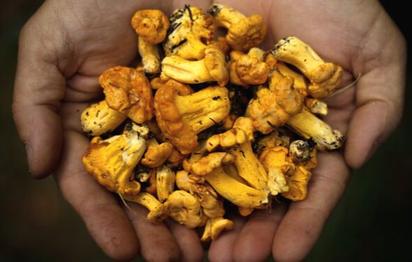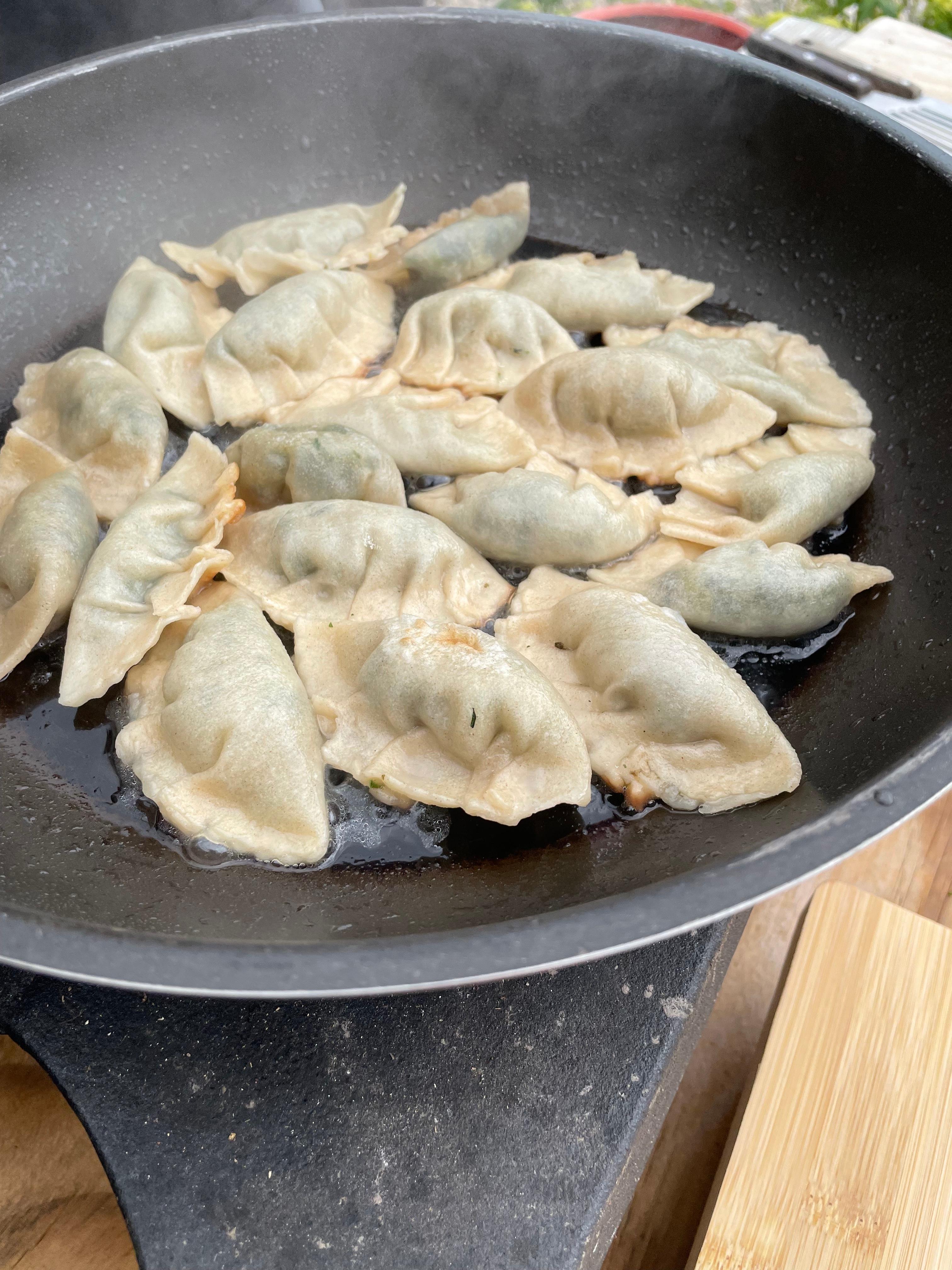
How to harvest seaweed
If you go down to the sea today you could pick up glorious leafy greens, seaweeds, wild herbs and shellfish clinging to the rocks or scuttling in shallow waters. There's a wealth of food to be found for free, so leave the humdrum world behind and head for the beach with top tips and inspiring recipes from our new forager Emma Gunn.
Beyond being free and easy to identify (see Emma’s brilliant guide below), seaweed is high in fibre, low fat, contain few calories and are full of vitamins and minerals. Dulse contains vitamin C, sea lettuce vitamin A and carragheen Chondrus crispus is a good source of protein. Seaweeds are also brilliant ecologically as they create a perfect habitat for thousands of creatures to live in and hide from predators as well as being a food source for sea-dwelling herbivores.
A good tip is to think of harvesting seaweed like a ‘hair cut’, snipping just a bit from the top to ensure you don’t pull up the plant’s roots. Seaweeds anchor themselves to rocks and some roots can be quite shallow. If they’re uprooted, the seaweed cannot re-grow.
It’s also important to ensure you only harvest from clean sources and only perfect looking specimens. And, don’t forget the forager’s code of ‘only taking what you need’ and take sporadically so you leave plenty behind for wildlife – remember it acts as a habitat for many creatures.
Rinse what you have collected with sea water in situ as you will find small creatures still in the seaweed that you didn’t realise were there. Give your seaweed a further rinse with cold fresh water before cooking or eating – it’s worth noting that fresh water will start the plant’s cell walls to slowly break down so only do this when you are ready to use.
Join Emma Gunn on her next Seashore Foraging adventure at River Cottage where you can visit sites seen in the series River Cottage Reunited , follow Emma on Instagram or visit her website where you can buy Emma’s seaweed foraging books and posters.
For further morsels of seaweed and coastal foraging, check out the River Cottage Edible Seashore Handbook by John Wright or his online Foraging and Feasting course
For further morsels of seaweed and coastal foraging

Foraging expert John Wright, author of three River Cottage Handbooks about foraging, will take you on three, real, forays: along the hedgerow, beside the seashore, and to the fields and woods hunting for mushrooms.
These are, indeed, real forays, with all the hopes, disappointments, limitations of season and joys that we must expect when venturing into the wild for our dinner. They all take place in an autumnal Dorset, but the lessons learned here can be applied to other places and other times.

Emma Gunn’s gyozas are the perfect for housing freshly foraged seaweed and other coastal foraged finds. They’re hugely impressive, wildly delicious and surprisingly simple to make – and if you’ve got a portable hob and ready-made wrappers, you can make them on the beach.
View recipe